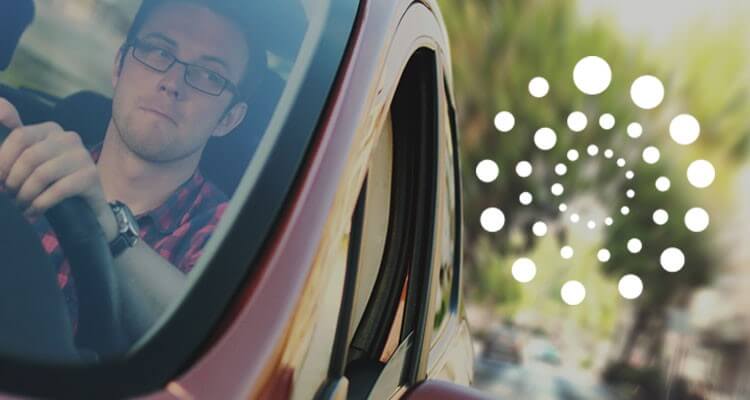>15
Dec

15
Dec
Driving in the rain can bring some challenges to drivers. Whether it’s a small sprinkle or a heavy downpour, wet roads and reduced visibility can be hazardous. However, by taking the necessary steps and adjusting your driving behaviour, you can continue to drive safely in the rain.
Ideally, you would avoid driving in extremely heavy rain. However, if you must drive, there are a few things you should check on your vehicle before you set off:
When you’re driving in heavy rain there are a few steps you should take to make sure you’re driving safely. You may need to drive slower than you usually would. Whilst you should always follow the speed limit, heavy rain may mean you need to drive slower still.
Your stopping distances will be increased when the road is wet, and visibility might be reduced. Driving slower means you will have more time to respond when needed. For this reason, you should also leave plenty of space between your car and the vehicle in front.
You should use your headlights so your vehicle will be visible to other drivers. Make sure you don’t use your full beams around other vehicles and don’t use your rear fog lights, as these can obscure your brake lights.
Keep your heaters or air conditioning on to keep your windscreen free of mist. The rain will increase the humidity inside your vehicle, which causes your windows to fog up. Keeping your car ventilated will help to keep your windows clear. If your windows fog up to the point that it is difficult to see through them, you should pull over and wait for them to demist.
If you breakdown in the rain, keep your bonnet closed whilst you wait for assistance. This will keep the electrics safe from the water. If you have driven through deep water and your engine cuts out, don’t try to turn it on again.
Driving through deep water can be dangerous for you and also cause damage to your car. If you encounter a large puddle or flood on your journey, try to determine its depth. You may need to get out of the car and use a stick if it’s not clear. If the water looks too deep, turn around and find another route. Risking driving through deep water could result in expensive repairs for your vehicle.
If the puddle isn’t too deep, try to assess if there are any barriers under the water, such as large rocks, that could cause a problem. Once you have found a safe route, you can drive through.
When you drive through standing water, you should do so in a lower gear. Second gear is usually advised as this will help you to maintain momentum through the puddle. Once you are through the puddle, and as long as it is safe to do so, you should pause for a moment to let any excess water drain away from your vehicle.
You should be aware that the road on the other side of the puddle may be more slippery due to the vehicles that have driven through the water.
Once you’ve driven through the water, gently press the brake pedal. This will create friction and heat which can help to remove excess water from your brakes.
If you hydroplane through the water, do not put your foot on the gas or the brake. Avoid making any sudden turns and just steer in the direction that your car is going. If you have been driving slowly, it should be easy enough to keep control of your vehicle.
Get Car Finance Here is a better way to get car finance. Our friendly team will look through all the deals available to you to find the best finance option for your situation. Apply online today to find out how much you can borrow.
Thank you for your interest. Please fill out the form below to Request a call back and someone from our team will get in touch shortly.